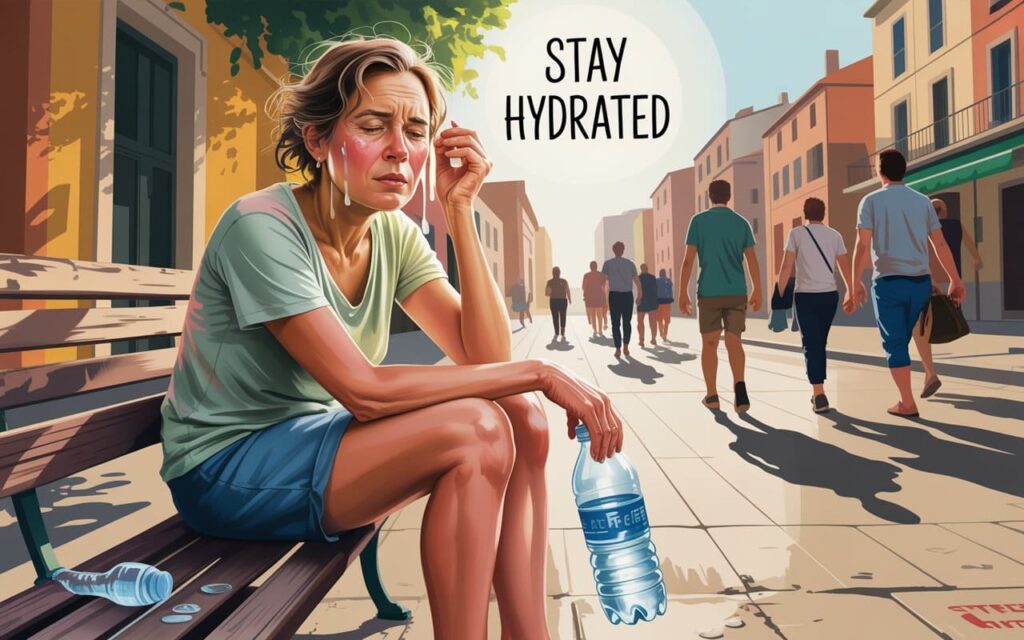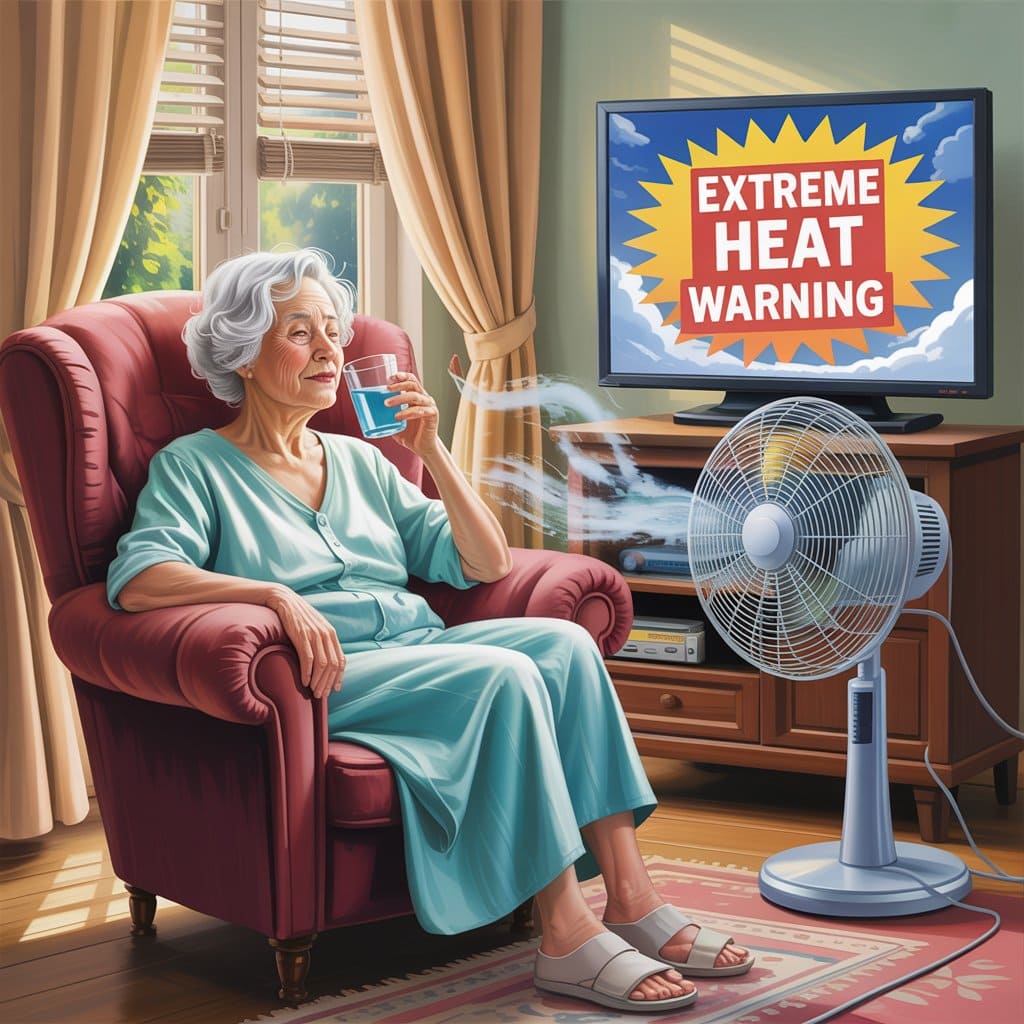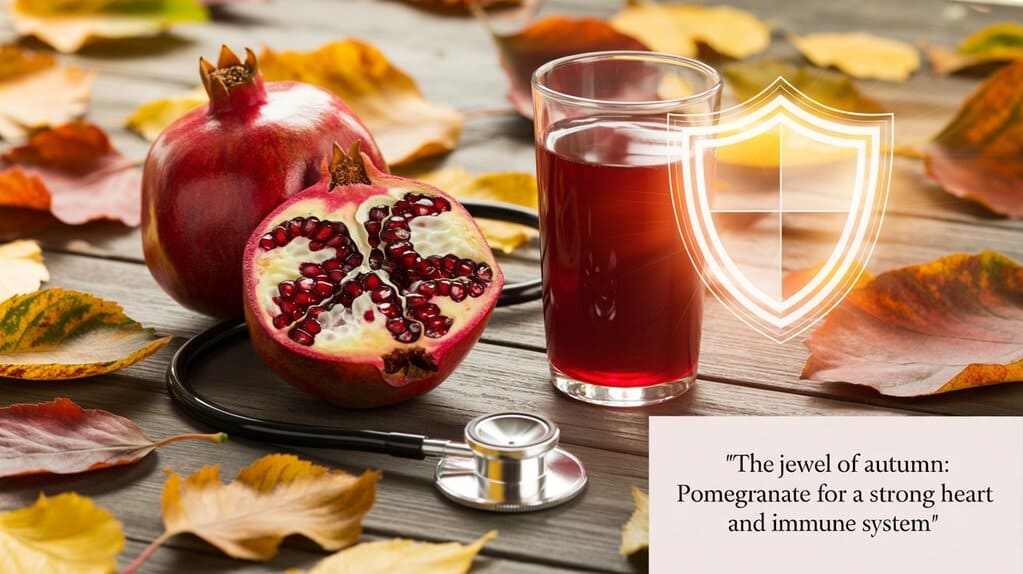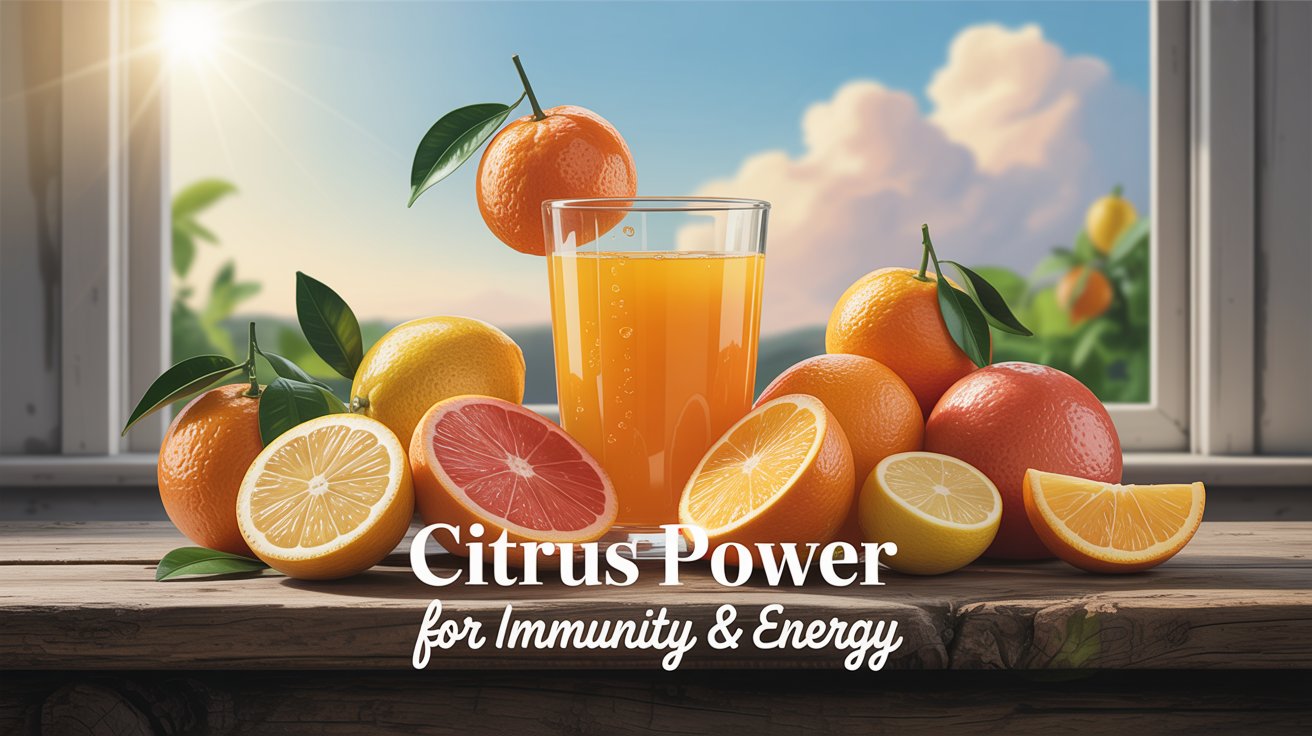
Introduction
As summer temperatures rise across the globe, so do the health risks associated with extreme heat. While summer brings sunshine, outdoor activities, and holidays, it also poses serious threats to public health, particularly for vulnerable groups such as the elderly, children, and people with chronic diseases. Understanding the symptoms of heat-related illnesses and learning how to prevent or avoid them is crucial during the hottest months of the year.
In this article, we explore the common signs of heat-related conditions, the preventive strategies that can protect individuals during heatwaves, and the scientific evidence behind heat safety. Whether you’re spending time outdoors or managing heat indoors, this guide will help you stay safe, hydrated, and healthy during summer.

Main Body
I. Understanding Summer Heat and Its Impact on the Body
When temperatures rise above the normal threshold, the body struggles to maintain a core temperature of around 37°C (98.6°F). According to the World Health Organization (WHO), the human body primarily relies on sweating and blood circulation to cool down. But under intense heat and humidity, these mechanisms may fail, leading to serious complications.
Keyword: Heat stress, heat exhaustion, summer dehydration

II. Common Symptoms Associated with Summer Heat
The following are key symptoms that can develop during exposure to high temperatures:
1. Dehydration
Dehydration is one of the earliest and most common effects of heat exposure. It occurs when the body loses more fluids than it takes in.
- Symptoms: Dry mouth, fatigue, dark-colored urine, dizziness, and headache.
- Study Reference: A 2021 study published in The Lancet Planetary Health found a significant increase in hospital admissions due to dehydration during heatwaves.
2. Heat Exhaustion
This is a moderate form of heat illness resulting from fluid and electrolyte loss.
- Symptoms: Profuse sweating, cold or clammy skin, nausea, muscle cramps, and fainting.
- Source: According to the Centers for Disease Control and Prevention (CDC), heat exhaustion is especially common in people who engage in physical activity in hot environments.
3. Heat Stroke
Heat stroke is a medical emergency. It occurs when the body can no longer control its temperature.
- Symptoms: High body temperature (above 40°C/104°F), confusion, unconsciousness, and dry, hot skin.
- Medical Research: A study by Dr. Marc Bouchama in New England Journal of Medicine explains that heat stroke can lead to organ failure if untreated.
4. Heat Rash
A skin irritation caused by excessive sweating, particularly in children.
- Symptoms: Red clusters of small blisters on the skin, usually on the neck, chest, or groin.
- Prevalence: Common in humid climates or after prolonged physical activity in the sun.
5. Sunburn
Direct exposure to UV rays can damage the skin and increase the risk of skin cancer.
- Symptoms: Redness, pain, swelling, and peeling skin.
- Scientific Note: The American Academy of Dermatology (AAD) warns that repeated sunburns increase melanoma risk significantly.

III. Populations at Higher Risk
Keyword: Vulnerable groups in summer, heatwave effects on elderly
Certain groups are more susceptible to heat-related symptoms:
- Older adults: Reduced ability to regulate body temperature.
- Children: Immature thermoregulation system.
- Pregnant women: Increased metabolic load.
- People with chronic illnesses such as heart disease, diabetes, or respiratory disorders.
A 2023 review in the BMJ (British Medical Journal) emphasized the need for targeted interventions for these populations during heatwaves.
IV. Preventive Measures to Avoid Summer Heat Illnesses
Fortunately, most heat-related conditions are preventable with proper measures. Here’s how:
1. Stay Hydrated
Drink water regularly, even if you don’t feel thirsty.
- Avoid: Alcohol, caffeinated drinks, and sugary sodas, which increase dehydration.
- Tip: Add electrolyte-rich fluids like coconut water or sports drinks during outdoor activities.
2. Wear Appropriate Clothing
- Choose: Light-colored, loose-fitting, breathable fabrics (like cotton or linen).
- Protect: Wear a wide-brimmed hat and UV-protection sunglasses.
3. Use Sunscreen
Apply a broad-spectrum SPF 30+ sunscreen at least 15 minutes before sun exposure and reapply every two hours.
4. Limit Outdoor Activities
Avoid intense physical activity between 11 a.m. and 4 p.m., when the sun’s rays are strongest.
5. Use Fans and Air Conditioning
Stay in air-conditioned areas during peak heat hours.
Keyword: Summer heat prevention tips
6. Monitor Weather and Alerts
Stay updated on heat advisories through weather apps or local news, especially during heatwaves.

V. First Aid for Heat-Related Conditions
Heat exhaustion or heat stroke requires immediate action:
| Condition | First Aid Response |
|---|---|
| Heat Exhaustion | Move to a cool place, loosen clothing, drink water, apply cold compresses |
| Heat Stroke | Call emergency services, use ice packs, cool the person down while waiting |
| Dehydration | Encourage small sips of water or oral rehydration salts (ORS) |
Do not give fluids to unconscious individuals. Always seek medical help for heat stroke symptoms.
VI. Global Warming and Increasing Heat Risks
Climate change is intensifying heatwaves. A report by the Intergovernmental Panel on Climate Change (IPCC) warns of increasing global temperatures, especially in urban areas.
- Urban Heat Island Effect: Cities can be up to 7°C (13°F) warmer due to dense buildings and limited greenery.
- Health Impact: More frequent and severe heat-related illnesses, especially in low-income areas.
VII. Case Study: Heatwave in Europe (2022)
According to the European Environment Agency, over 61,000 heat-related deaths occurred during the summer of 2022 due to record-breaking temperatures. These numbers underline the urgency of public education, government action, and personal prevention strategies.
VIII. Role of Diet in Heat Management
Keyword: Cooling foods in summer, foods to avoid in hot weather
Nutrition also plays a role in heat tolerance:
Best Foods:
- Water-rich fruits (watermelon, cucumber, strawberries)
- Leafy greens
- Low-fat yogurt
Foods to Limit:
- Spicy dishes
- Fried and heavy meals
- Caffeinated beverages
A study published in Nutrients (2020) confirmed that a plant-based, high-water-content diet significantly improves hydration and thermoregulation.
IX. Infographic: Quick Guide to Heat Illness Prevention
diffCopierModifierInfographic:6 Golden Rules to Beat the Heat :
- Drink 2-3 liters of water daily
- Avoid the sun from 11 a.m. to 4 p.m.
- Wear a hat and sunscreen
- Eat hydrating foods
- Use fans or AC
- Check on elderly neighbors
Conclusion
Summer heat symptoms can range from mild dehydration to life-threatening heat stroke. Recognizing the signs early and acting promptly is key to avoiding serious health consequences. By staying hydrated, dressing smartly, limiting sun exposure, and paying attention to vulnerable individuals, you can enjoy a safer summer season.
The rising global temperatures demand heightened awareness and preparation. Whether you’re planning a beach trip or staying in a city apartment, always remember that heat safety is not optional—it’s essential.
Key Takeaways
- Common symptoms of heat exposure include dehydration, heat exhaustion, heat stroke, sunburn, and heat rash.
- Preventive strategies involve hydration, clothing, sunscreen, and avoiding the sun during peak hours.
- Vulnerable groups must be protected proactively.
- Nutrition and awareness play a major role in heat tolerance.
- Scientific evidence supports the urgency of adapting to rising summer temperatures.
References
- Wikipedia – Heat Illness
- CDC – Extreme Heat
- The Lancet Planetary Health (2021) – Dehydration in Extreme Heat Events
- New England Journal of Medicine – Heat Stroke: Clinical Profile and Outcome
- BMJ (2023) – Impact of Climate Change on Public Health
- American Academy of Dermatology – Sunscreen FAQs
- IPCC – Sixth Assessment Report on Climate and Heatwaves
- Nutrients Journal (2020) – Hydration and Diet in Summer








